Serving Tea & Coffee To Guests – Service Standard | Hotels | Restaurants | Resorts
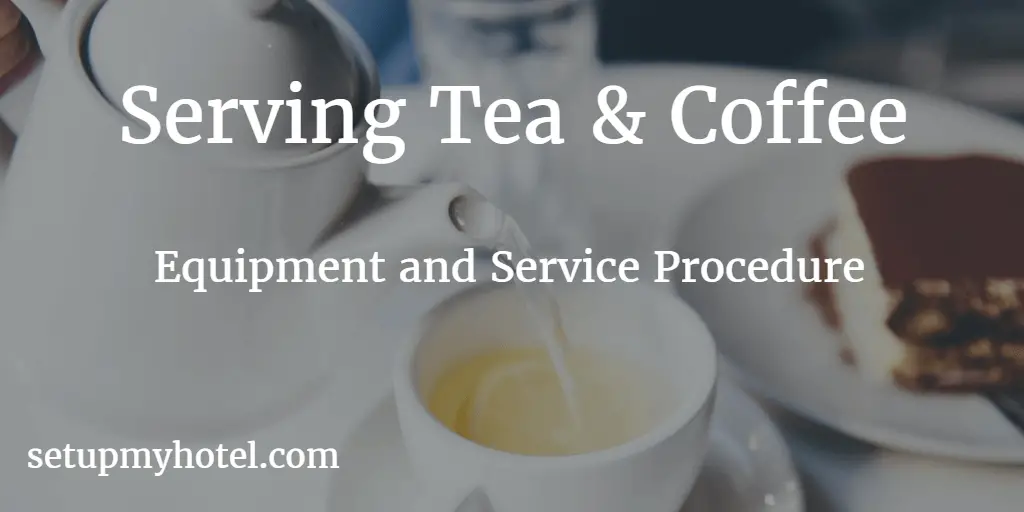
Serving Tea and coffee to Guests – Service Standards Serving tea and coffee to guests is a vital aspect of ...
Read more
Key Terms F&B Or Jargon’s Used In Food & Beverage Service
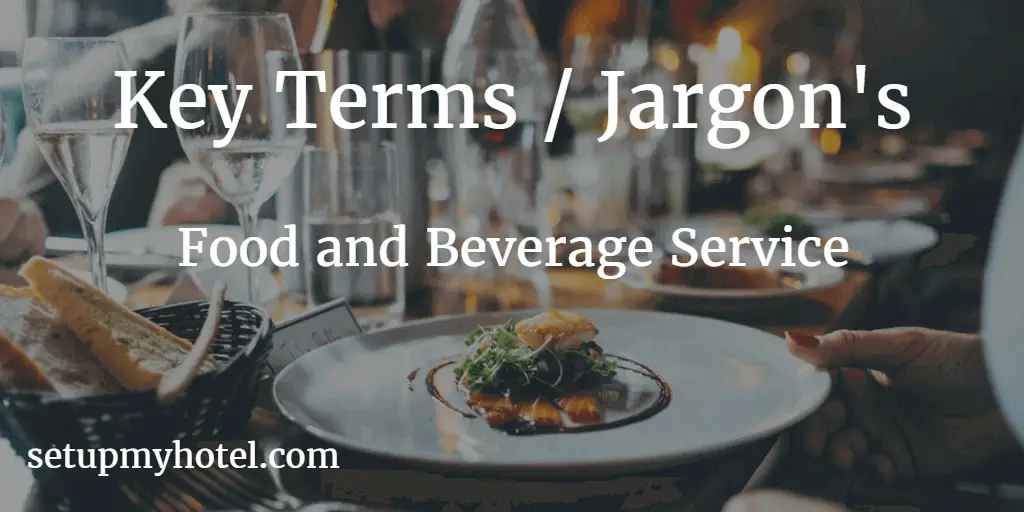
Key terms or Jargon used in Food and Beverage Service In the world of food and beverage service, there are ...
Read more
4 Types Of F&B Par Stocks

What are the types of Food & Beverage Par Stocks The food and beverage industry, “par stock” refers to the ...
Read more
Types Of Spoons And Knives Used For Food & Beverage (F&B) Service
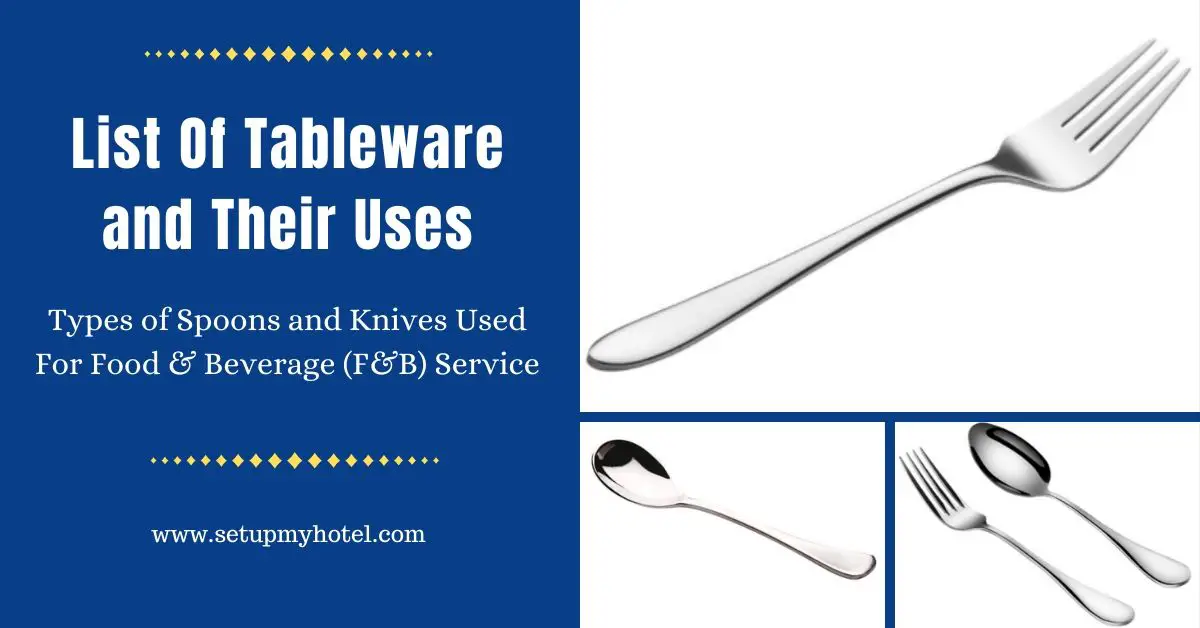
Different Types of Spoons and Forks Used in Food and Beverage Services In the food and beverage industry, there are ...
Read more
Five Step Process In Restaurant Revenue Management Approach
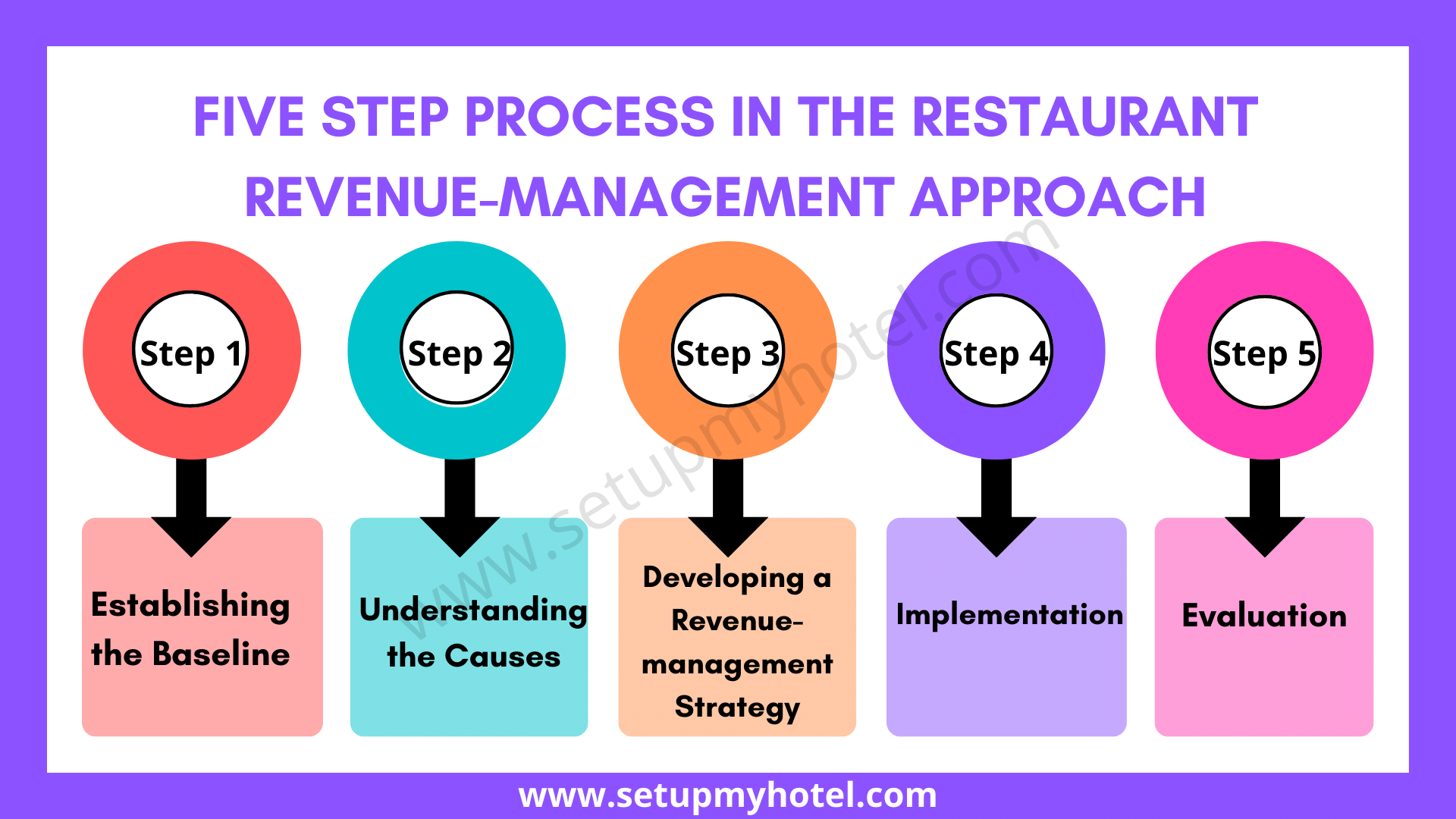
Five-Step Process In Revenue – Management Approach The five-step process outlined above was used to develop a revenue management strategy ...
Read more
History Of The Food Service Industry [Timeline]
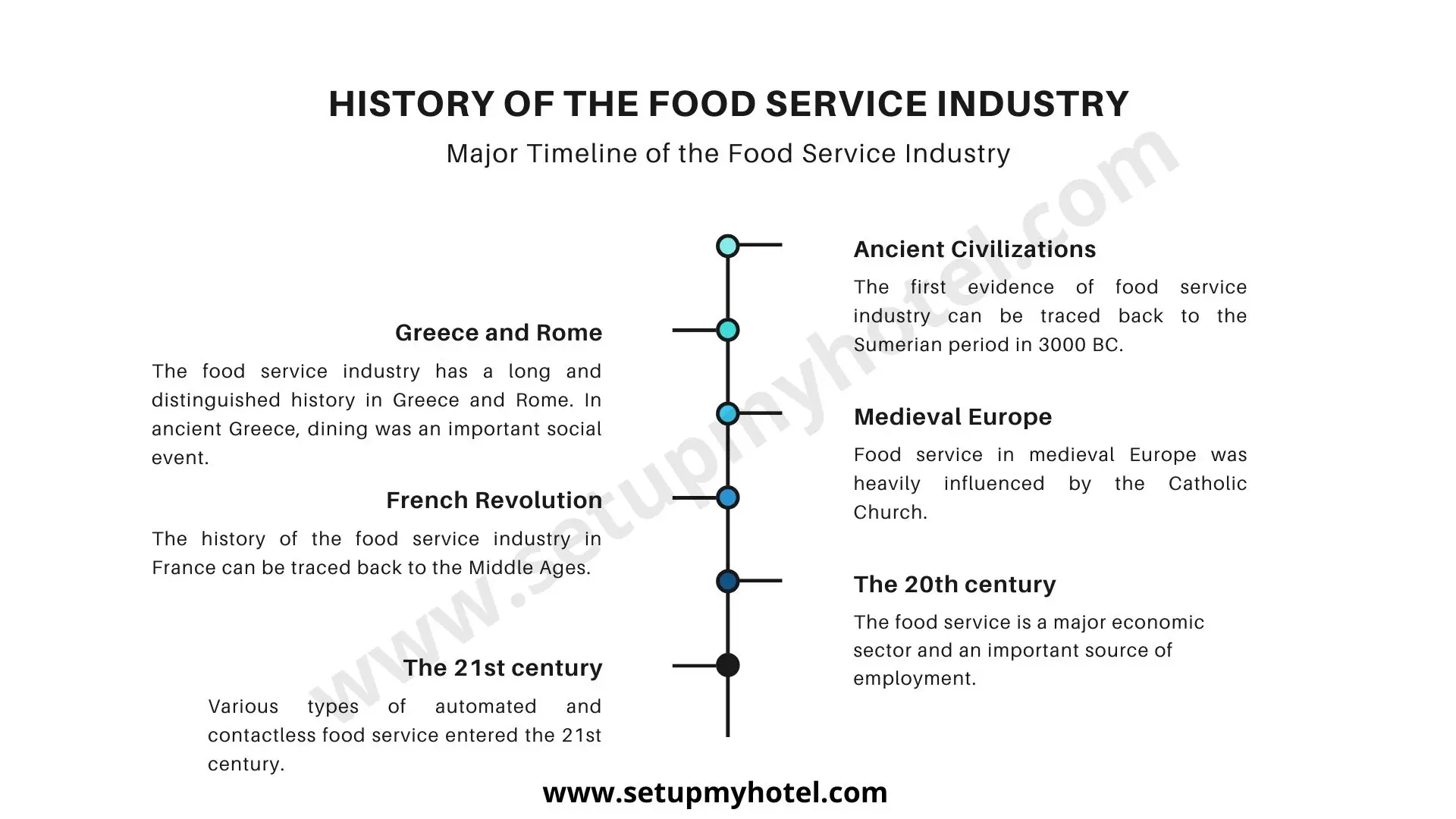
History Of The Food Service Industry The Introduction: One of the most fascinating developments in the history of food service ...
Read more
The Sequence Of Service In Restaurant (Stages Of Food Service)

The Sequence Of Service In Restaurant The sequence of service in a restaurant is a crucial aspect of providing a ...
Read more
41 Etiquettes And Manners For Hotel Staff / Front Office Staffs

Etiquettes and Manners for Hotel Staff / Front Office Staff Working in the hospitality industry requires a high level of ...
Read more











